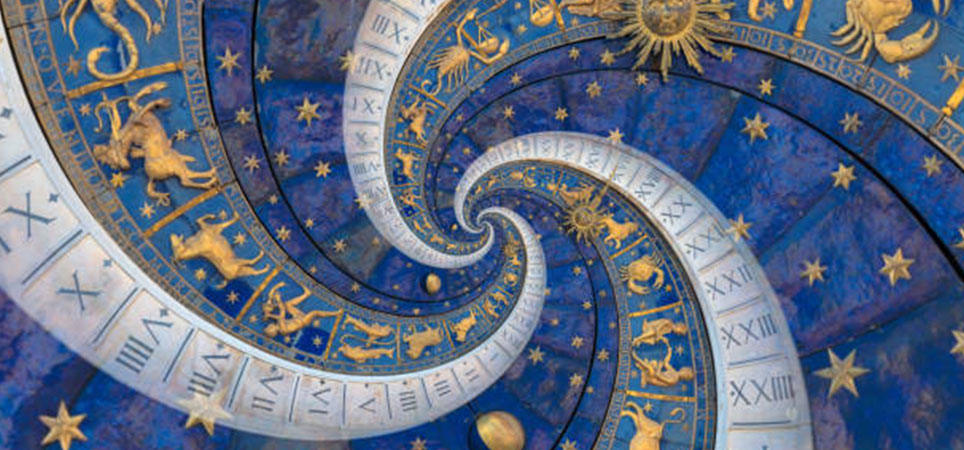by : Admin 15 August 2025

In Hindu philosophy, there are four distinct realms of mystical experience, each offering a way of Becoming Brahman—the realization that our innermost self is not separate from the ultimate reality. Religious scholar R.C. Zaehner identified four distinct types of mystical experience, each offering a unique doorway into the infinite.
Transcending Space
The first realm involves moving beyond spatial limitations. In this state, the sense of individuality expands to include all things. At the highest level, ultimate reality permeates and distributes over everything and exists everywhere.
Transcending Time
The second realm is freedom from temporal restrictions. Death is revealed as an illusion—bringing with it the understanding that death is not an absolute finality. Here comes the realization that the deepest self is indestructible, immortal, and cannot die. With this comes a profound release from death anxiety and a new relationship with life’s impermanence.
Oneness
The third realm takes us into the intuition of oneness where space and time themselves fall away. In this realm, there is no movement, no becoming—only Being. This state is often cultivated through yoga, deep meditation, introspection, and the integration of body, mind, and spirit toward a timeless and immovable core. It is a homecoming to the eternal present.
Divine Love
The fourth realm is suffused with pure love of the Divine—a timeless union with the transcendent aspect of existence beyond all spatial and temporal limits. In this state, Divine love itself becomes the path and the destination.
The Fifth Realm: Entities and Relational Mystical Encounters
Beyond these classical experiences, a fifth mystical realm emerges from psychedelic encounters, particularly DMT and 5-MeO-DMT experiences, in which consciousness perceives the presence of sentient entities or “beings.” In this state, the mystical encounter is relational rather than purely unitive—possibly the entities may want to know the experiencer, or to be known themselves. At the same time, it is possible that these beings do not desire human presence, raising ethical and existential questions about the right to intrude into other realms of consciousness. This realm emphasizes dialogue, guidance, humility, and relational awareness, suggesting a dynamic, co-created dimension of mystical experience. These encounters are rich and full of content, often involving verbal, telepathic, or felt communication, even when perceptions of time and space are distorted—yet the entities continue to exist as distinct presences. It is thought that Jewish mystical traditions, which stress connection and intentional communication with the Divine, resonate deeply with this type of DMT encounter, contrasting with Eastern oneness experiences that emphasize boundary dissolution and merging with the absolute. Even historical accounts, such as Moses at the burning bush, may reflect experiences akin to altered states of consciousness, hinting that relational mystical experiences have long influenced spiritual insight.
The Essence of the Mystical Path
All five of these mystical experiences can bring deep peace and joy, sometimes even transcending the duality of “good and evil” (Zaehner, 93). At the heart of each is the recognition of our profound connection with the universe, an interconnectedness with all living things.
The ultimate mystical experience is one of testifying to the realization of our True Nature and Self—a reality deeper than personality or circumstance. This nature is sometimes described as our “Buddha Nature,” the essence hidden in the core of our being. To awaken to it is to undergo a transformation so complete that it feels like a rebirth (Zaehner, 126). You become a new person.
Such an awakening is not merely an abstract insight. It has profound philosophical, psychological, and even creative consequences. It offers a liberation that frees us to live, to love, and create from a place of wholeness. In becoming Brahman, we discover that the journey is not toward something outside of us—it is a return to what we have always been.
Works Cited
Strassman, R. (2025, June 2). DMT isn’t enlightenment… it’s something else.
Zaehner, R. C. (1961). Zen, Drugs, & Mysticism. Oxford University Press.